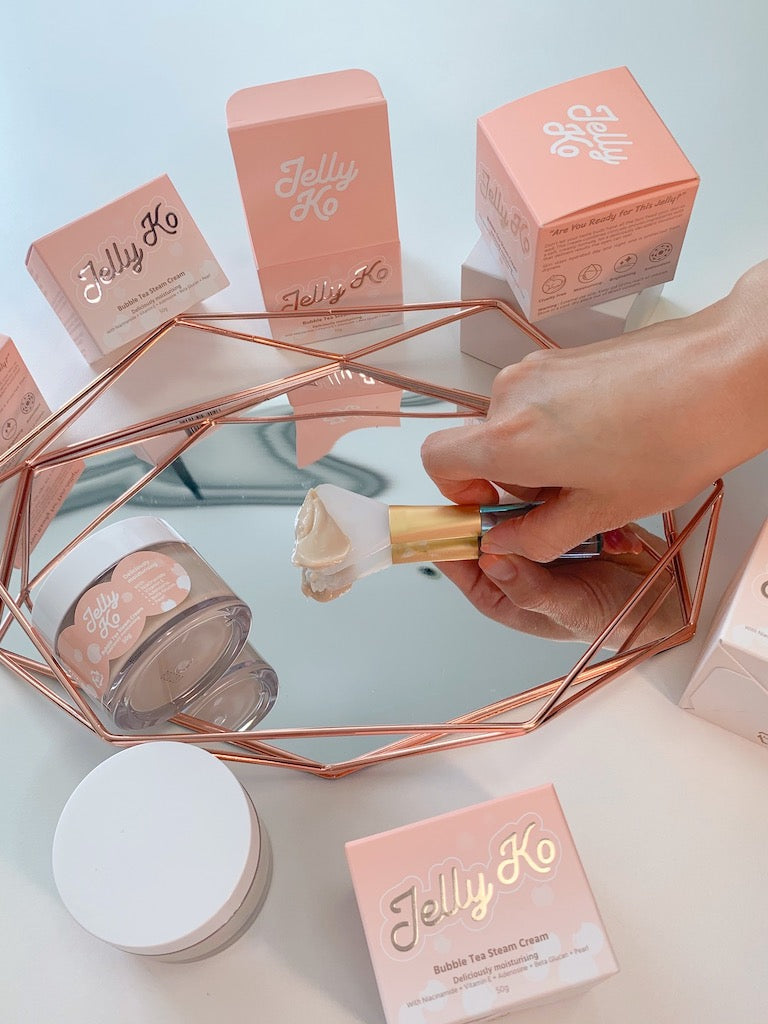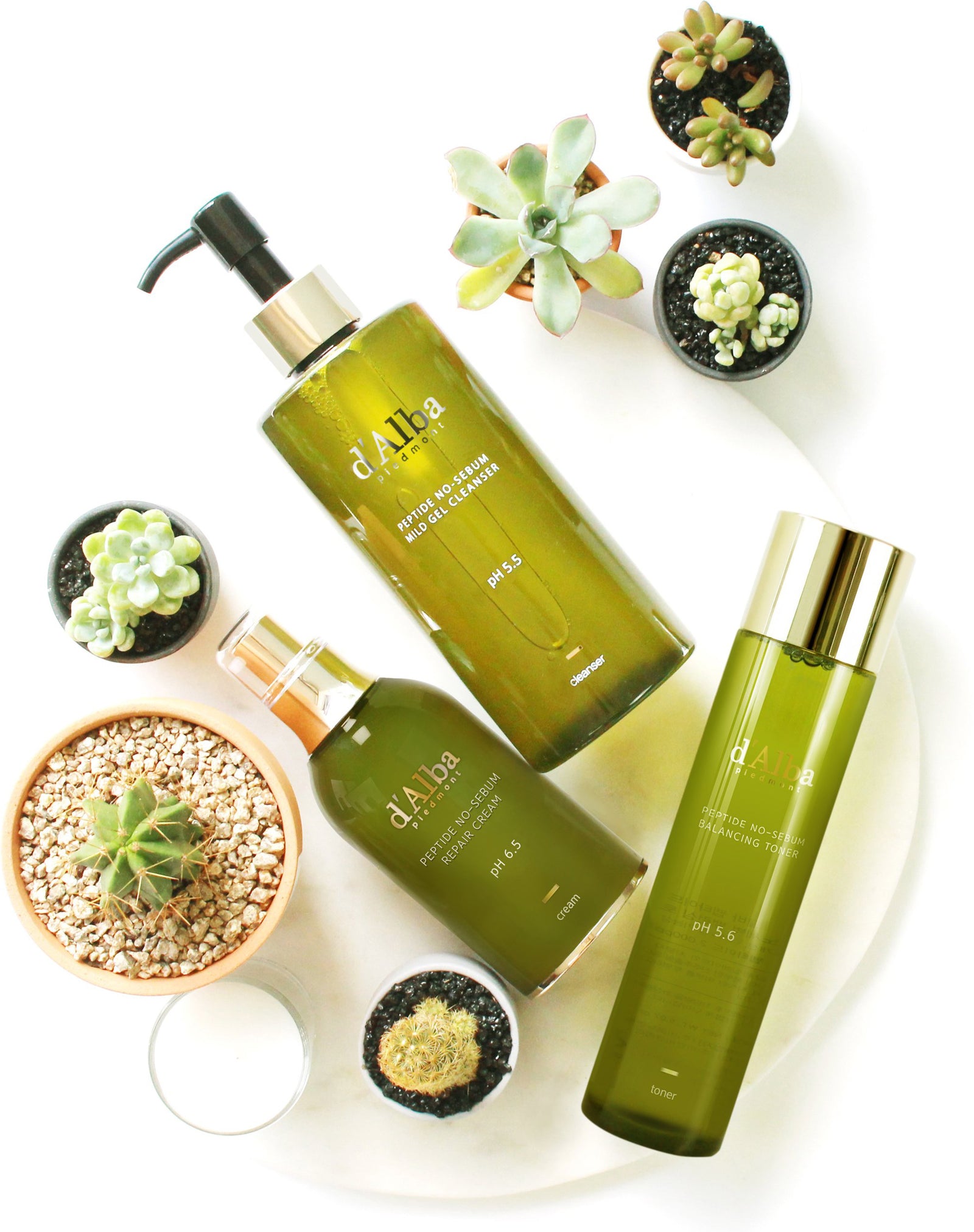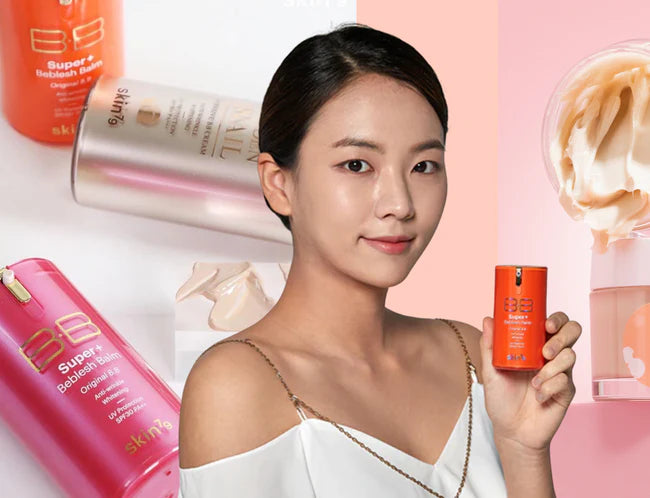Last month to shop K-Beauty on STYLE STORY. We’re moving to K-Beauty consultancy. Details
Menu
Fungal Acne - The Korean Beauty Show
January 13, 2021

Fungal Acne - The Korean Beauty Show
Episode Description
It’s the new beauty buzzword popping up on skincare forums and Reddit but what is it, do you have it and how do you treat it?
On today’s episode of the Korean Beauty Show podcast, we’re exploring fungal acne (malassezia folliculitis) and the K-Beauty products that can assist while you obtain medical treatment.
Connect With Me
Instagram: www.instagram.com/lauren.kbeauty
Facebook: www.facebook.com/stylestory.au
Website: www.thekoreanbeautyshow.com
Pinterest: https://www.pinterest.com.au/stylestoryau
Tik Tok: https://vt.tiktok.com/ZSaHUgHL/
Download Your Free Guide to K-Beauty: https://manage.kmail-lists.com/subscriptions/subscribe?a=XgHS8t&g=SmUKyF
How To Know If You Have Fungal Acne
Do you suffer from seriously stubborn acne that won’t go away no matter what you try? Feel like your acne products just aren’t working?
If this sounds like your experience, you might not have the usual pimples or acne. Instead, it’s possible that fungal acne is the culprit.
What Is Fungal Acne?
Fungal acne, or pityrosporum (malassezia) folliculitis, is not acne in the traditional sense. While the acne you’re used to is caused by oil and bacteria, fungal acne is caused by an overgrowth of yeast. It is usually found clustered around hair follicles.
If you’ve got small itchy bumps on your face that won’t budge, or they get worse when it’s hot and humid, you might have fungal acne.
The first thing to know is that the yeast that causes fungal acne is always on your skin. However, your body can usually do a good job of keeping the yeast in check.
There are a range of reasons as to why yeast overgrowths can occur. These can include:
- Weather (especially hot and humid conditions);
- Health (when your immune system is weakened);
- Diet (yeast and fungi love carbohydrates and sugar) and
- Skin conditions (oily skin can create the ideal growth environments for fungal acne).
What surprises me the most when it comes to fungal acne is just how many people are all of a sudden convinced they’ve got it. In fact, a quick search on Google trends reveals that it really only became a buzzword in 2017, and searches have rapidly risen for the term since then.
Statistically speaking, if you live in a hot, humid climate then you are more likely to get it. So places in South East Asia are ripe for fungal acne; ditto if you sweat a lot.
Signs To Look Out For In Fungal Acne
While fungal acne may look similar to regular acne, there are some key differences between regular bacterial acne and fungal acne. Some key signs of fungal acne include:
- Itchiness: Fungal acne is usually itchy, whereas bacterial acne rarely causes itchiness.
- Size: There’s usually little variation in size between fungal acne bumps, and they’re often found in clusters. Bacterial acne can come in a wide range of sizes but don’t cluster as much.
- Location: You can often find fungal acne in all sorts of places – not only on your face, but also your chest, back and arms (tight clothing can be a cause of this). Bacterial acne is usually only found on the face.

How To Treat Fungal Acne
Although these signs indicate the possibility of fungal acne, it’s important not to rely on your own diagnosis. Doctors can swab your skin and do a quick analysis to see if it is in fact fungal. If you do have it, you’ll likely be pointed in the direction of topical or oral antifungal medications for treatment.
In addition, applying dandruff shampoo on the affected area can help. Look out for shampoos with the component ketoconazole, which is known to kill every species of malassezia.
The reality is that while a bout of fungal acne can last for many weeks, with the right treatment it can clear up in as little as 24 hours.
In the meantime, there are skincare products you can use that are “fungal-acne safe”. This doesn’t mean they’ll cure the condition; simply that they won’t aggravate it while you’re being properly treated.

Fungal Acne Safe K-Beauty Products
If your doctor has diagnosed malassezia folliculitis, then take a look at these options:
Cleanser: Tosowoong’s Enzyme Powder Wash and Etude House Soon Jung Cleanser.
Moisturiser: Benton Aloe Propolis Soothing Gel and Innisfree Green Tea Seed Hyaluronic Cream
How To Check Whether Your Products Are Fungal Acne Safe
It can be tricky to know whether your skincare products are fungal acne safe or not.
Lucky for us, there is now a resource where you can double check the ingredients of your skincare products against a known list of Malassezia triggers.
Check out the Fungal Acne Safe website here.
What To Do If You Liked Today’s Podcast Episode – Fungal Acne The Korean Beauty Show Ep-27
- Jump on over to Instagram and enter the draw to win a 1:1 Skin Consultation to match you with your perfect K-Beauty products with me – all you need to do is leave a comment on our Instagram post
- If you have a skincare question you’d like answered on the podcast, then let me know on Instagram.
Resources For Today’s Podcast Episode
- Folliculitis Scout
- Fungal Acne and K-Beauty Solutions
- What is Fungal Acne and Why Do So Many People Suddenly Think They Have It
STYLE STORY – Your Go-To For K-Beauty
Shop Now
"The first thing to know is that the yeast that causes fungal acne is always on your skin."
- Lauren Lee, Host of the Korean Beauty Show podcast



Leave a comment
Comments will be approved before showing up.